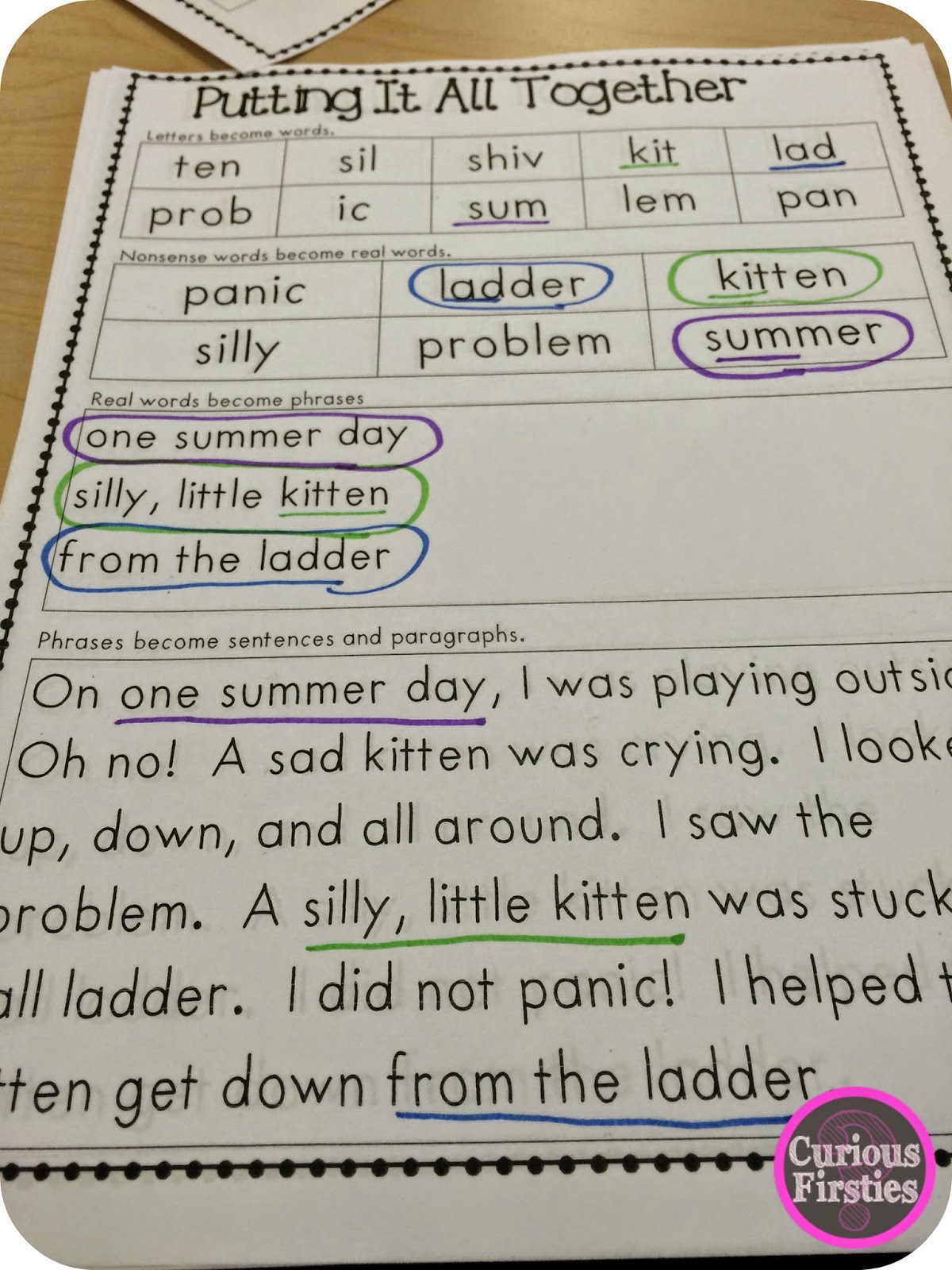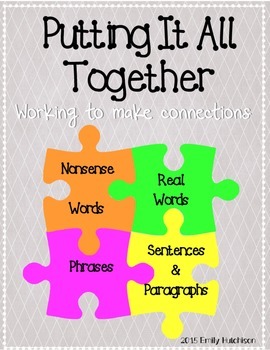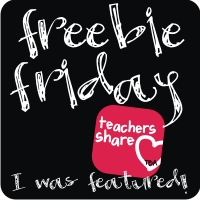Can you believe spring is here and the end of the school year (for me) is in sight?! It amazes me each year how quickly it goes. I love the end of the year because it is a time to look at all the growth that has been made.
But along with analyzing all of the growth, spring is an important time for me to reflect on my teaching. This is the time of year that I begin to start thinking and planning for the changes that I want to make for the following school year. This is such an important part of job because we are learning right along with our students. Our teaching changes with the new knowledge that we gain, the students that we work with, and with new challenges that arise.
Last March I wrote about how my teammate, Karen, and I make nonsense words "real" in our classroom.
Over the course of this school year, Karen and I have used this technique with our guided reading groups. As we teach, I can hear her conversations with her students and she can hear mine. Through this unintentional listening our teaching of nonsense words evolved a little. I realized that we were doing everything that we could to break down a "big" word but then working just as hard to put it all back together. Wewanted needed our students to really SEE the connections that we were trying to make. This was born...
When looking at this sheet, you can see that it starts with nonsense words. Those nonsense words become larger, 2-sylalble words. Those 2-syllable words are in phrases. Those phrases are found in a paragraph.
We wanted to start small but show them how all these parts come together and can be found in a paragraph.
As soon as I made it, I tried it out. Would they make the connection?
I gave them one colored marker and (as you can see above) we used that same color all the way down the page. Then we did this process again with a different color.
My guided reading groups loved it and really did make the connections. My goal will be to do these sheets earlier next year now that I can see the impact that they have.
I hope that you can use these with your students and that they will help students understand the importance of a nonsense word and how often we really do use them when we are reading "bigger" words. You can grab a free copy of these below:
Are there any other ways that you help students to "put it all together?"
6
But along with analyzing all of the growth, spring is an important time for me to reflect on my teaching. This is the time of year that I begin to start thinking and planning for the changes that I want to make for the following school year. This is such an important part of job because we are learning right along with our students. Our teaching changes with the new knowledge that we gain, the students that we work with, and with new challenges that arise.
Last March I wrote about how my teammate, Karen, and I make nonsense words "real" in our classroom.
Over the course of this school year, Karen and I have used this technique with our guided reading groups. As we teach, I can hear her conversations with her students and she can hear mine. Through this unintentional listening our teaching of nonsense words evolved a little. I realized that we were doing everything that we could to break down a "big" word but then working just as hard to put it all back together. We
When looking at this sheet, you can see that it starts with nonsense words. Those nonsense words become larger, 2-sylalble words. Those 2-syllable words are in phrases. Those phrases are found in a paragraph.
We wanted to start small but show them how all these parts come together and can be found in a paragraph.
As soon as I made it, I tried it out. Would they make the connection?
I gave them one colored marker and (as you can see above) we used that same color all the way down the page. Then we did this process again with a different color.
My guided reading groups loved it and really did make the connections. My goal will be to do these sheets earlier next year now that I can see the impact that they have.
I hope that you can use these with your students and that they will help students understand the importance of a nonsense word and how often we really do use them when we are reading "bigger" words. You can grab a free copy of these below:
Are there any other ways that you help students to "put it all together?"











































